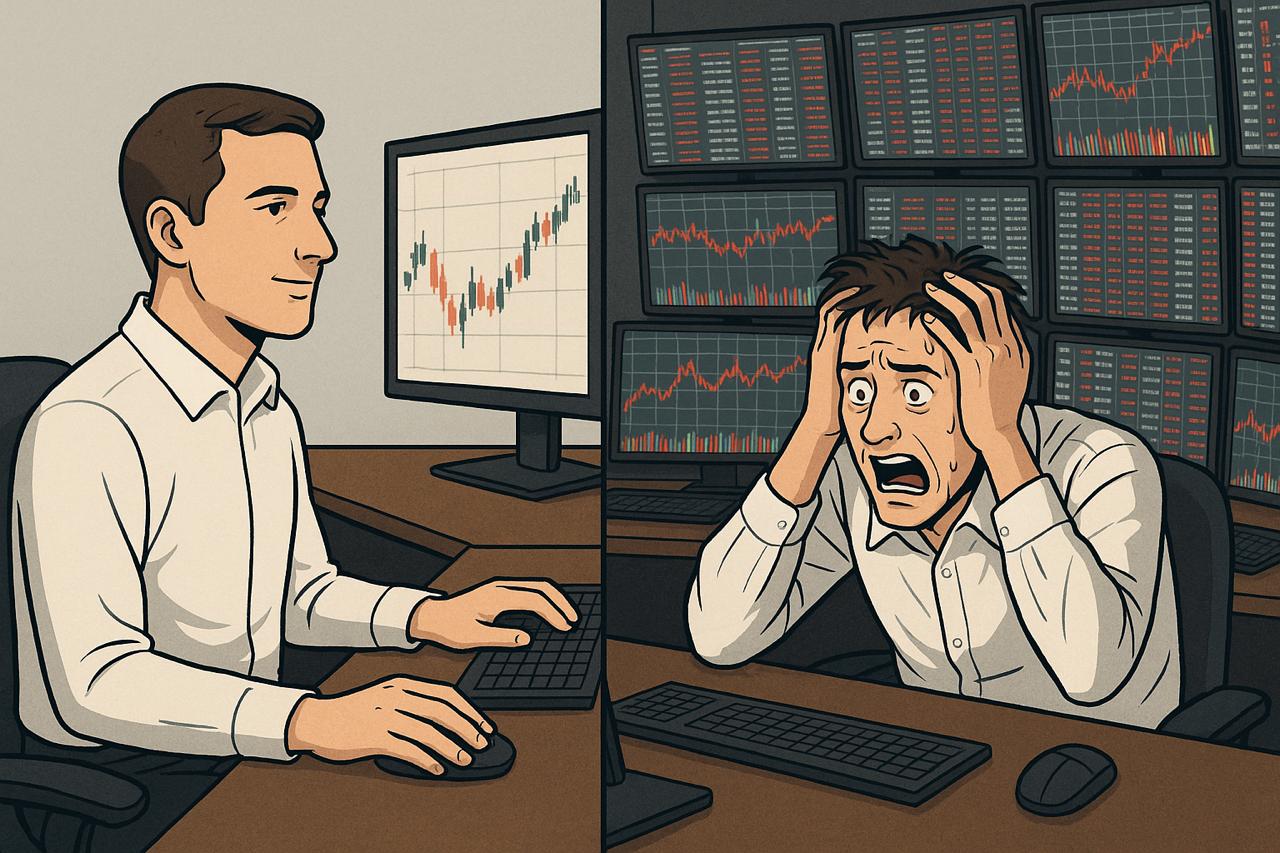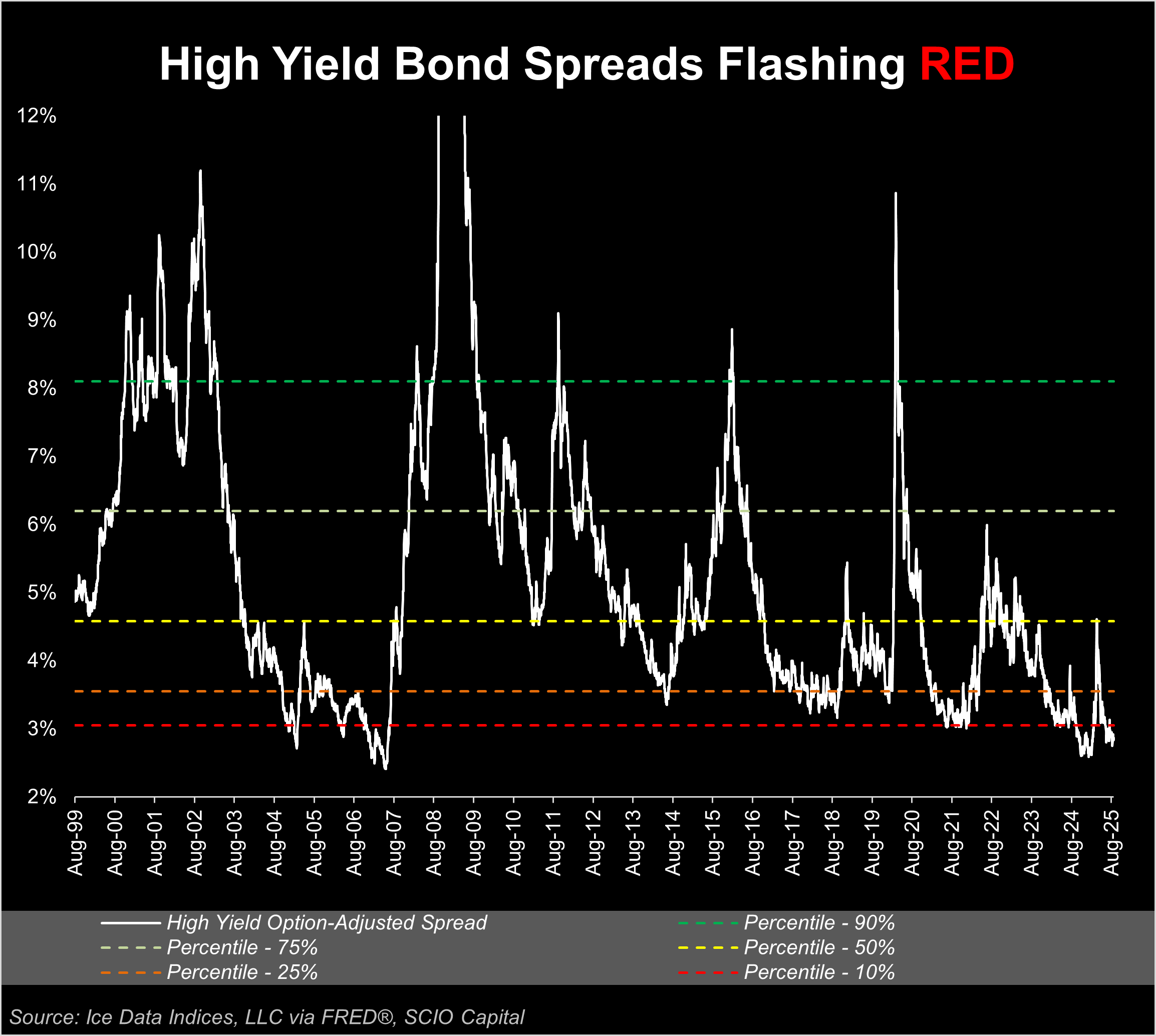
Blog: Central Banks Laying A Feast For Bankruptcy Lawyers
NOT A QUESTION OF IF, BUT WHEN AND HOW MUCH
It is said that nothing is certain in life except death and taxes. A new certainty has arisen, however, borne from a decade of central bank policy folly and exacerbated by absurd amounts of Covid-related stimulus: credit defaults are about to skyrocket.
Warning signs have already begun to appear, including over the past six months an 181% increase in US office mortgage delinquencies1 and a 114% increase in leveraged loan default rates2. The current rate of US bankruptcy filings is, in fact, approaching levels seen post-Covid and during the Great Financial Crisis3.
The good news: in most credit sectors, total defaults to date have been limited as they are rising from low absolute levels.
The bad news: the recent dramatic rate of decline of credit metrics is a cause for concern as it presages higher levels of defaults to come.
HIGHER INTEREST RATES ARE THE DEATH KNELL OF ZOMBIE FIRMS
Can a recession be averted? In our view unlikely, but if by some miracle it transpires, credit markets will nevertheless take a beating over the quarters ahead.
There are several reasons for this. First, years of easy money gave rise to weak loan underwriting standards and credit protections (SCIO’s asset-based loans, in contrast, feature tight covenants and are ring-fenced within bankruptcy remote vehicles). Second, low short-term interest rates led borrowers to take floating-rate, rather than fixed-rate loans. Third, central banks made liquidity over-abundant via low rates and quantitative easing (QE), allowing weak borrowers access to credit.
The opposites are true today; interest rates have risen sharply, central banks have embarked on quantitative tightening (QT) to drain excess cash from the financial system and, credit spreads are wider, making credit harder to obtain.
Consequently, deeply indebted borrowers paying variable rates and/or those forced to refinance existing debt will struggle to survive. Not all will succeed.
A RECESSION CAN BE LIKENED TO FALLING OFF YOUR BIKE, HYPER-INFLATION TO RIDING IT OFF A CLIFF
Central banks are now caught between a rock and a hard place; reduce interest rates and risk hyper-inflation or increase them and risk a recession. They have chosen the lesser of two evils; recessions may be painful, but the economic and social damage to an economy caused by hyper-inflation is, as any Argentinian can attest, immense.

As the graph illustrates, core inflation remains entrenched well above target levels despite sizable rate increases to date, making further rate hikes likely. Little wonder, then, that after several quarters of aggressive rate increases, a broad range of leading indicators are now signalling that a recession is imminent5.
The road ahead appears harder still when ballooning G7 budget deficits, combined with US consumers whose excess savings left over from the pandemic will by most estimates be depleted by the end of this year6, are factored in.
THE FIRE OR JUST THE FRYING PAN?
We believe that recession or not, the rapid rise in interest rates will result in a substantial increase in loan defaults in the quarters ahead. Just how substantial, however, will largely depend on the resilience of the macroeconomy.
We therefore advocate investors increase allocations to asset-based loans – they are more defensive, lower duration, and are generating higher yields
Even in a scenario where recession is averted, defaults will rise as corporate zombies are laid to rest alongside other overleveraged and subordinate bondholders, but credit losses should be contained to a handful of sectors and moderate in overall magnitude.
A more likely scenario is that developed economies fall into recession; credit losses will be considerable and extend across a range of sectors, including highly leveraged corporate and sub-prime consumer borrowers, real-estate mezzanine (and a few senior) bondholders, and bank AT1 bonds (for a more in depth look at AT1s, aka CoCos, and our views on them [spoiler alert – we loathe them] please check out our blog Credit Suisse: Anyone for hot CoCo(s)?).
CREDIT PORTFOLIO POSITIONING FOR THE STORM AHEAD
How likely is a pending recession? While economists remain deeply divided, the rates market is currently pricing a 67% probability7. Against this backdrop, public credit markets, which are pricing in a soft landing, appear overvalued. Consequently, we recommend investors:
- Decrease duration – Rising interest rates punish long-term bonds, so protect yourself by rotating into shorter-term assets.
- Decrease leverage – Move up the capital structure and focus on credit assets / sectors which are less economically sensitive.
- Increase allocation to secured credit assets – Secured credit assets (asset-based loans in particular) will outperform unsecured credit during a recession.
- Sell low-conviction assets – Use the recent market rally to shed assets of which you are unsure… in the event of a downturn, you will sleep better!
PARTING THOUGHTS
With the rates market pricing a recession, credit markets pricing a soft landing, and equity markets screaming ‘A.I. will make you rich’ (the crypto zealots have clearly rebranded), this trichotomy is enough to make an investor’s head spin!
Credit investors, however, must focus on downside protection… gunslingers don’t last long in credit. And with public credit markets currently ‘priced for perfection’, investors in public credit may be in for a rude awakening if credit fundamentals weaken further.
We therefore advocate investors increase allocations to asset-based loans – they are more defensive, lower duration, and are generating higher yields than they have in over a decade thanks to the rise in rates.
Granted, investing in asset-based loans is not nearly as exciting as in crypto stocks. But as one of our fund investors recently told me over lunch, ‘I like boring’.
So do we.
______________________________________
1. Source: Trepp
2. Source: LCD, Morningstar US Leverage Loan Index
3. Source: Bloomberg
4. Source: Federal Reserve Bank of New York, European Central Bank, UK Office for National Statistics
5. ie, a deeply inverted yield curve, declining corporate earnings, weakening PMIs, sizable reduction in rail freight traffic and tightening credit conditions
6. Likely sooner given that student loan repayments are about to restart after a two-year hiatus
7. Source: Federal Reserve Bank of New York, as of June 2023

.svg)



.png)






.svg)






